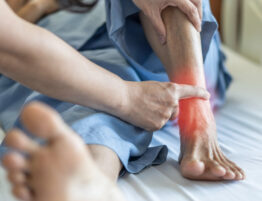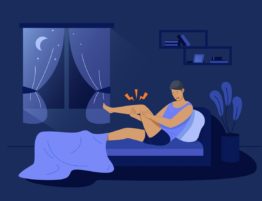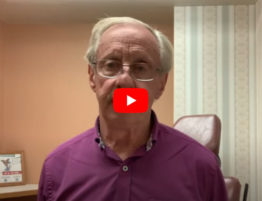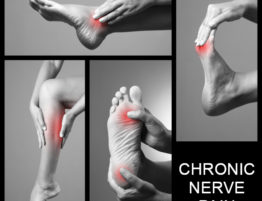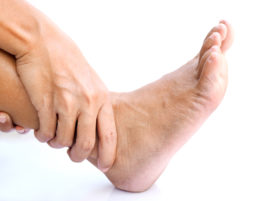
I had the rewarding experience recently of a patient sharing a story with me about how she gave a doctor a real lesson on nerve pain that seemed to put the doctor at a loss for words. The patient I’m referring to came to me with severe neuropathy symptoms. She was a very sweet lady and I soon learned to appreciate her brilliance (background in research) and quiet confidence.
On her first visit I got a complete history of her nerve pain story. She was diabetic and had problems with her walking and activity, and not so good of an experience using medications for her symptoms. She had very severe nerve symptoms and was beginning to get some weakness too.
On the first visit I try to take a lot of time to understand the patient, and educate them about the idea of nerve decompression surgery. For some, this may not be the appropriate option; for others, it is a option we pursue. As is often the case, I mention that what we do in the foot and leg is no different than what has been done in the hand and arms for many years: we simply open tight nerve tunnels like the carpel tunnel in the hand or ulnar nerve tunnel in the elbow.
I taught her about the five nerve tunnels we evaluate for potential compression. When she left, she was scheduled for a nerve test with our research assistant and returned to review the test the next week. However, before she returned to see me, she had gone to her cardiologist. She happened to bring up to that doctor what we had spoken about: the opportunity to do procedures to open her nerve tunnels to allow her nerves to function more normally.
She said at first the doctor was questioning the whole idea, the whole concept, and assumed that in today’s medical world nothing could be done. He was very skeptical. I know we doctors may seem scary to talk back to, but this patient kept educating this doctor. At the end of the conversation she shared the concepts that she had just learned. She posed this question to the doctor: If there are nerve tunnels in the foot and leg and nerve tunnels in the hands and arms, why must medicine treat each limb so differently? This stopped the doctor’s concerns in its tracks. He had no answer. Apparently, the doctor said that if you feel comfortable with this surgeon maybe you should consider it.
Wow! Why do I share this story? Because my goal with all of you when you come in with neuropathy or restless legs is to educate you. Do I succeed every time? Probably not. I’ll show videos, pictures, and explain how we test the nerves in surgery. My wife and staff probably say I talk too much.
Why do I do this? Because it’s my mission! I know knowledge is power, and once you step out of one of our offices you return to the world that is not as informed. A world, in my way of thinking, that is 30 to 40 years behind the medical knowledge of the nerves in the foot and leg versus the hands and arms. In time that will change. But for now, I’ve found how important it is to educate you, and for me this was a sweet story to share. It’s the story of an astute patient with a scientific mind who truly grasped the concepts we work with. She stirred up the status quo opinion of her cardiologist, and maybe stimulated yet more curiosity.
I guess in this patient’s own little way she offered a challenge. A challenge that my colleagues and I use when met with resistance to our concepts: prove me wrong!

